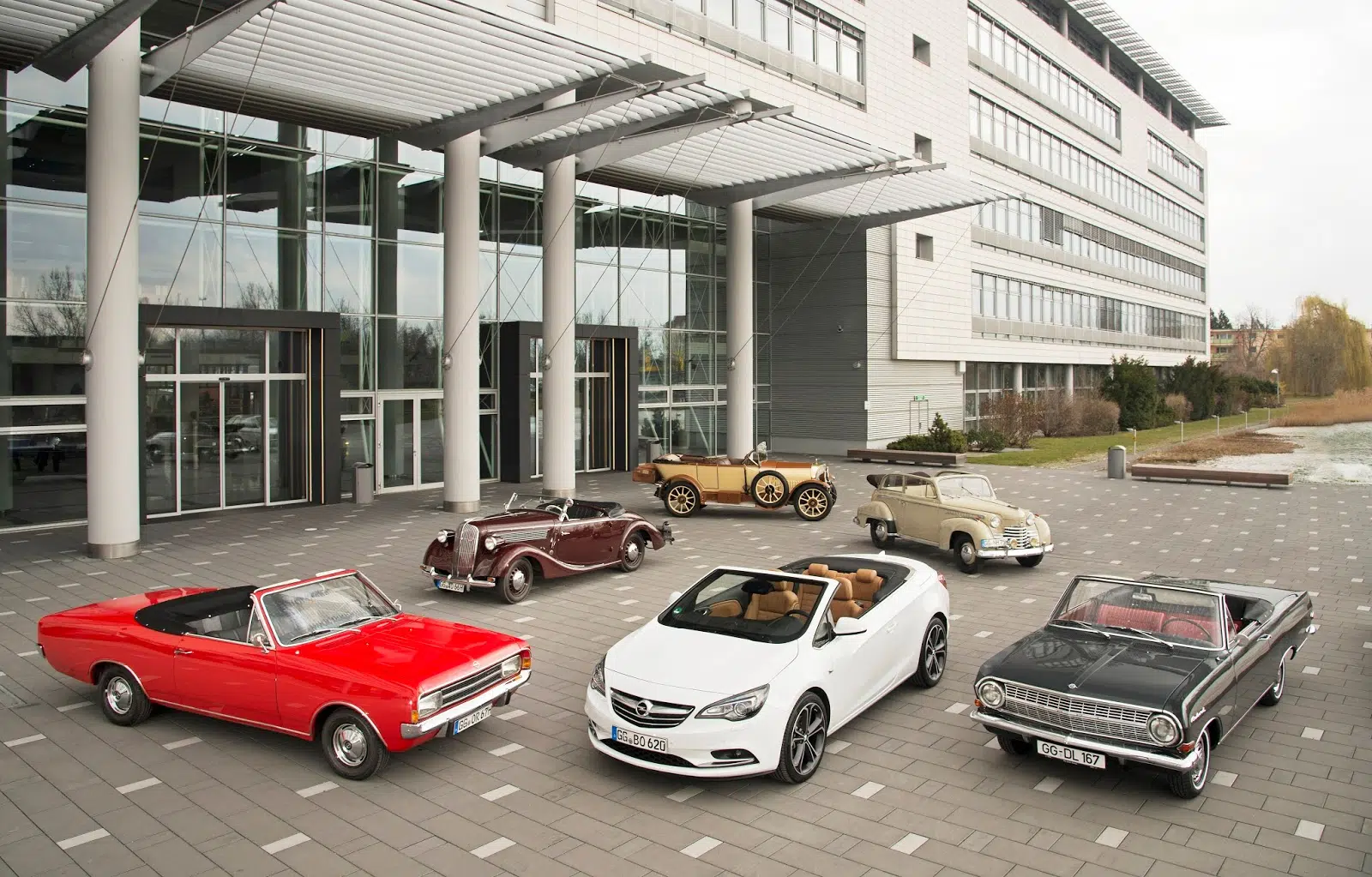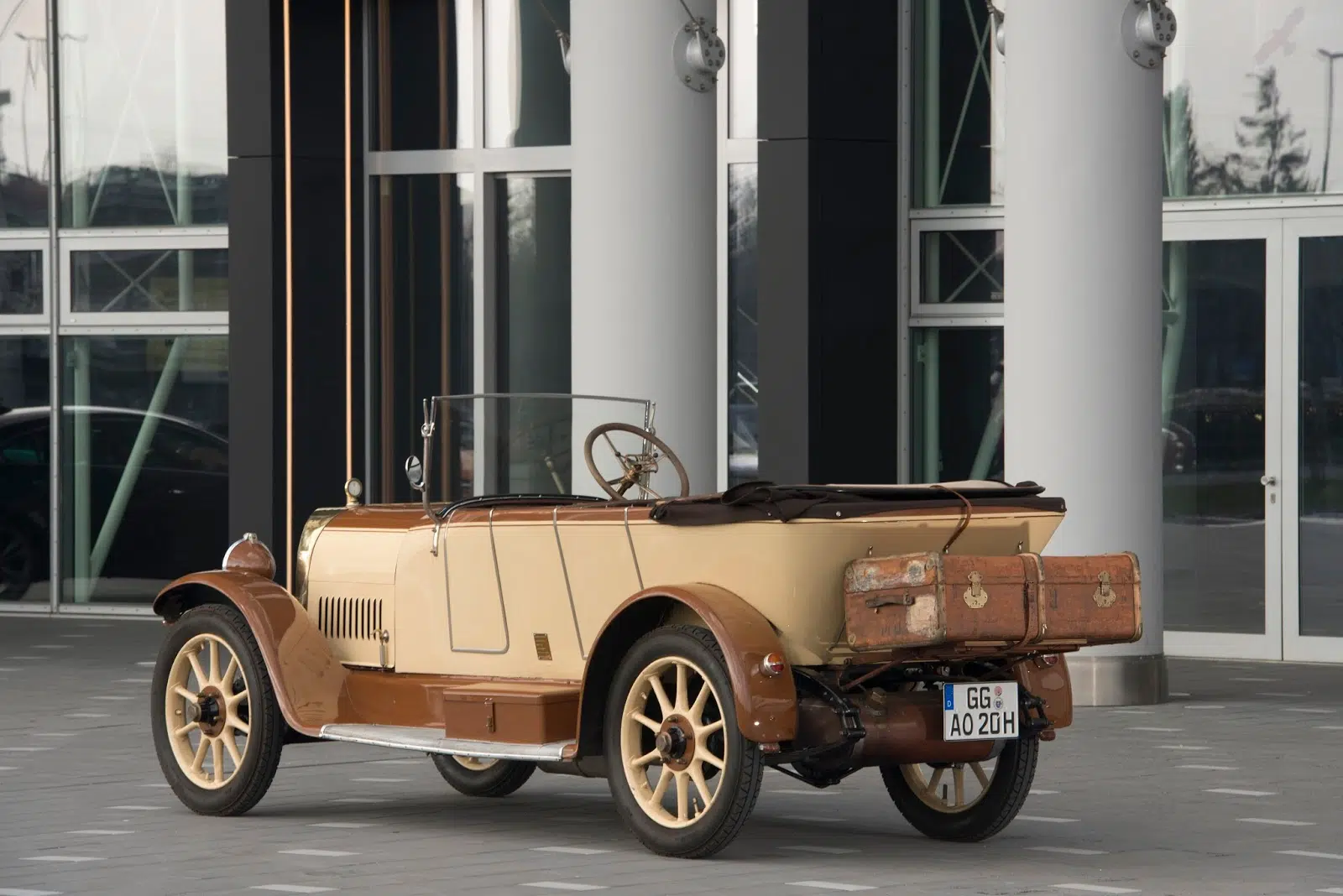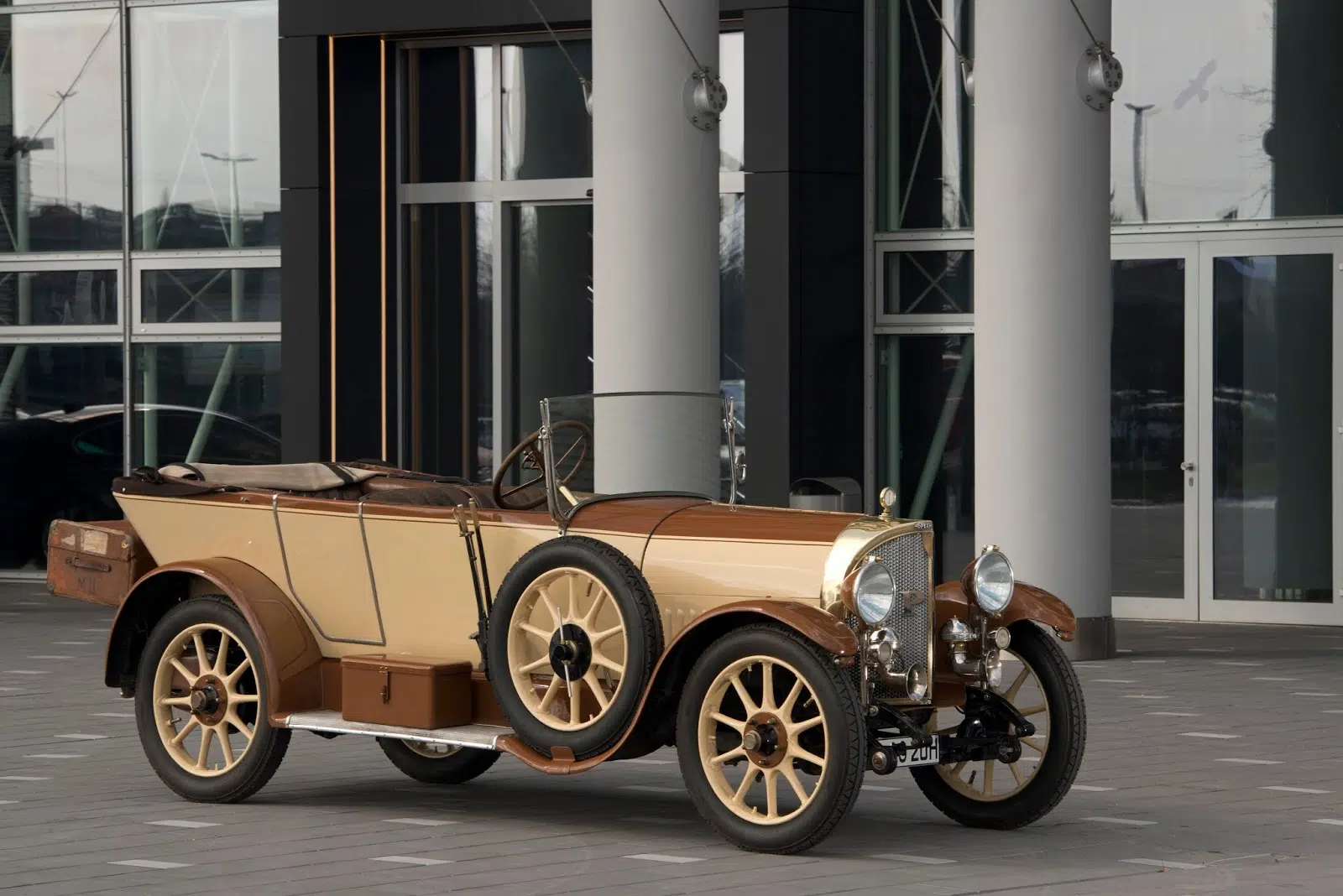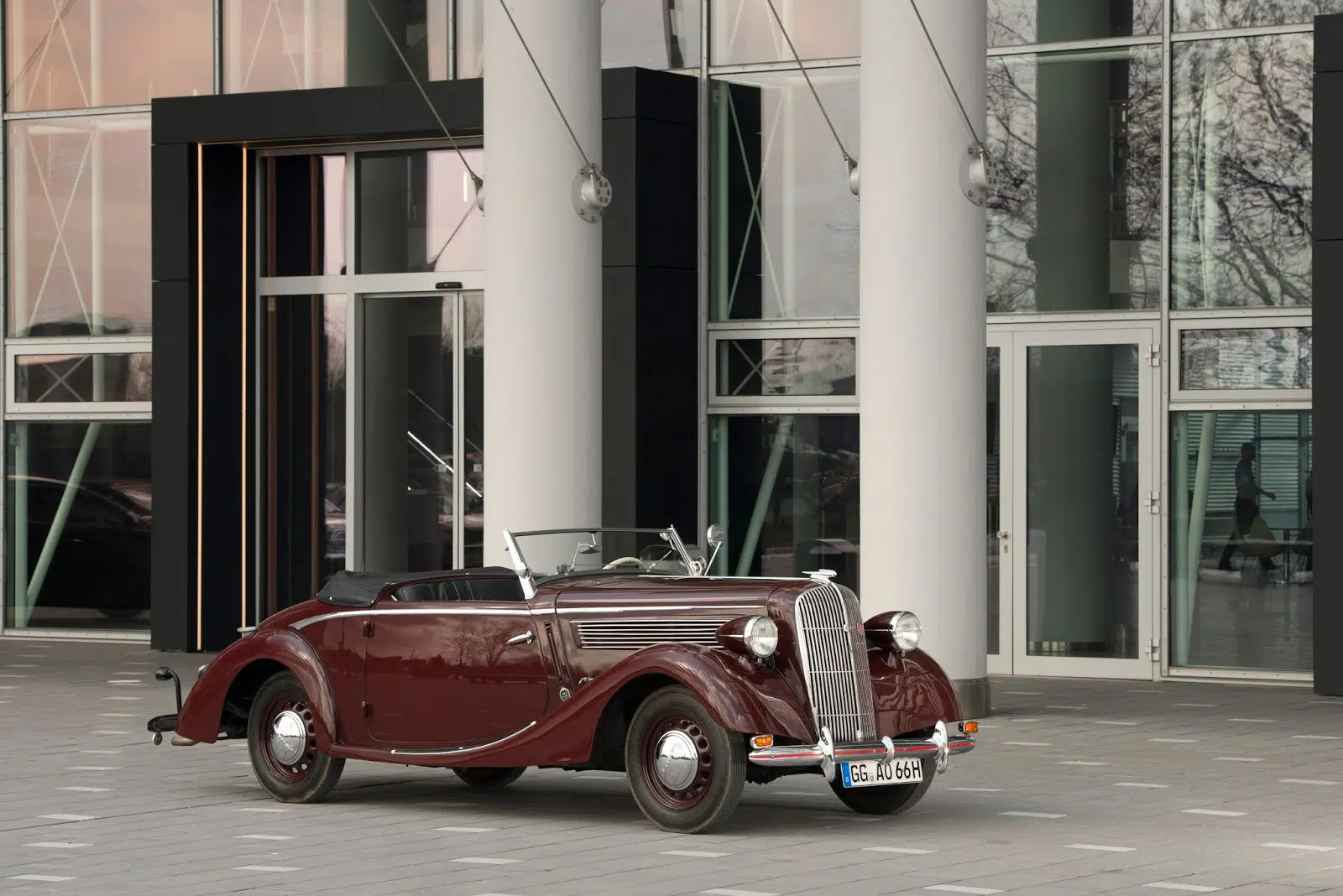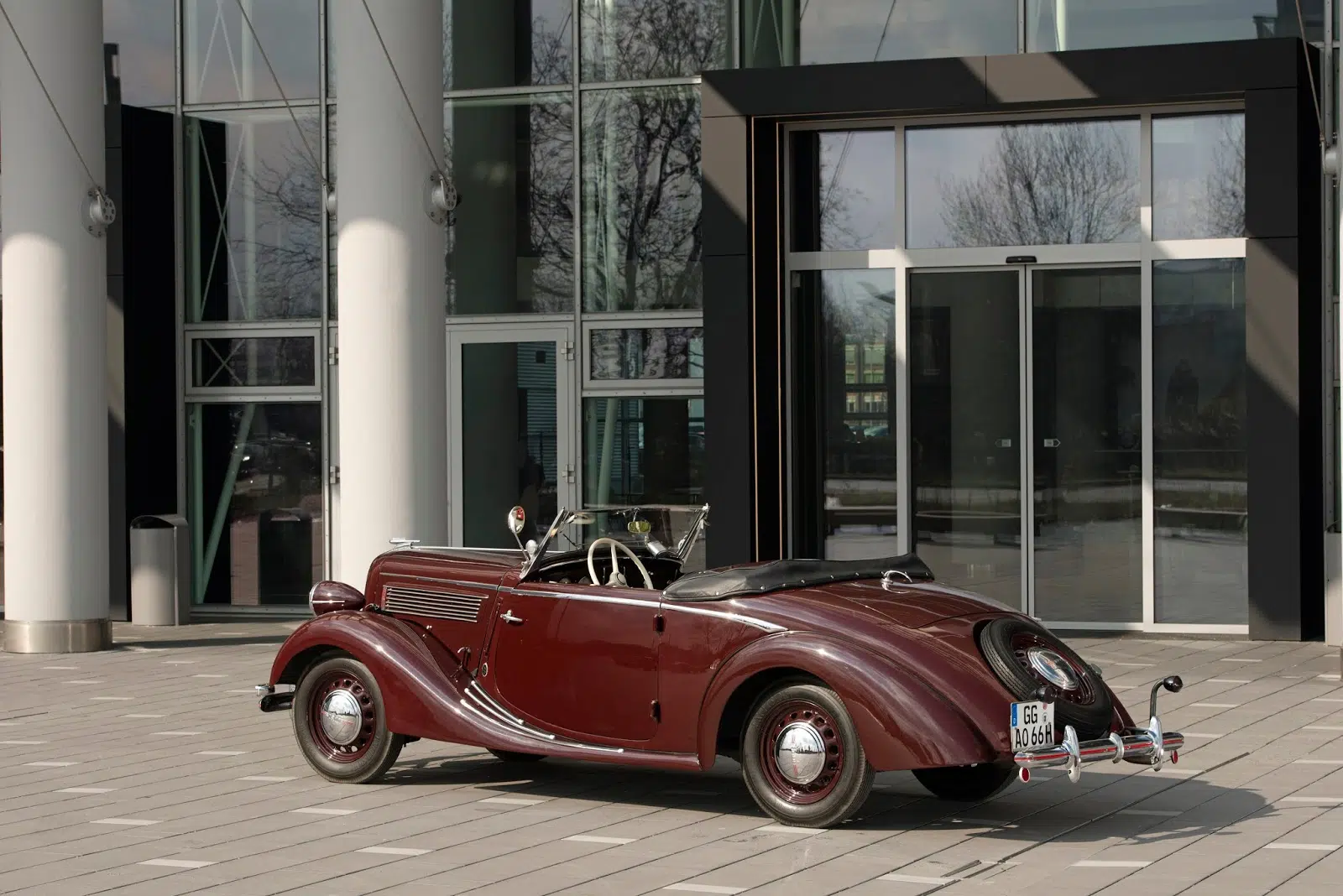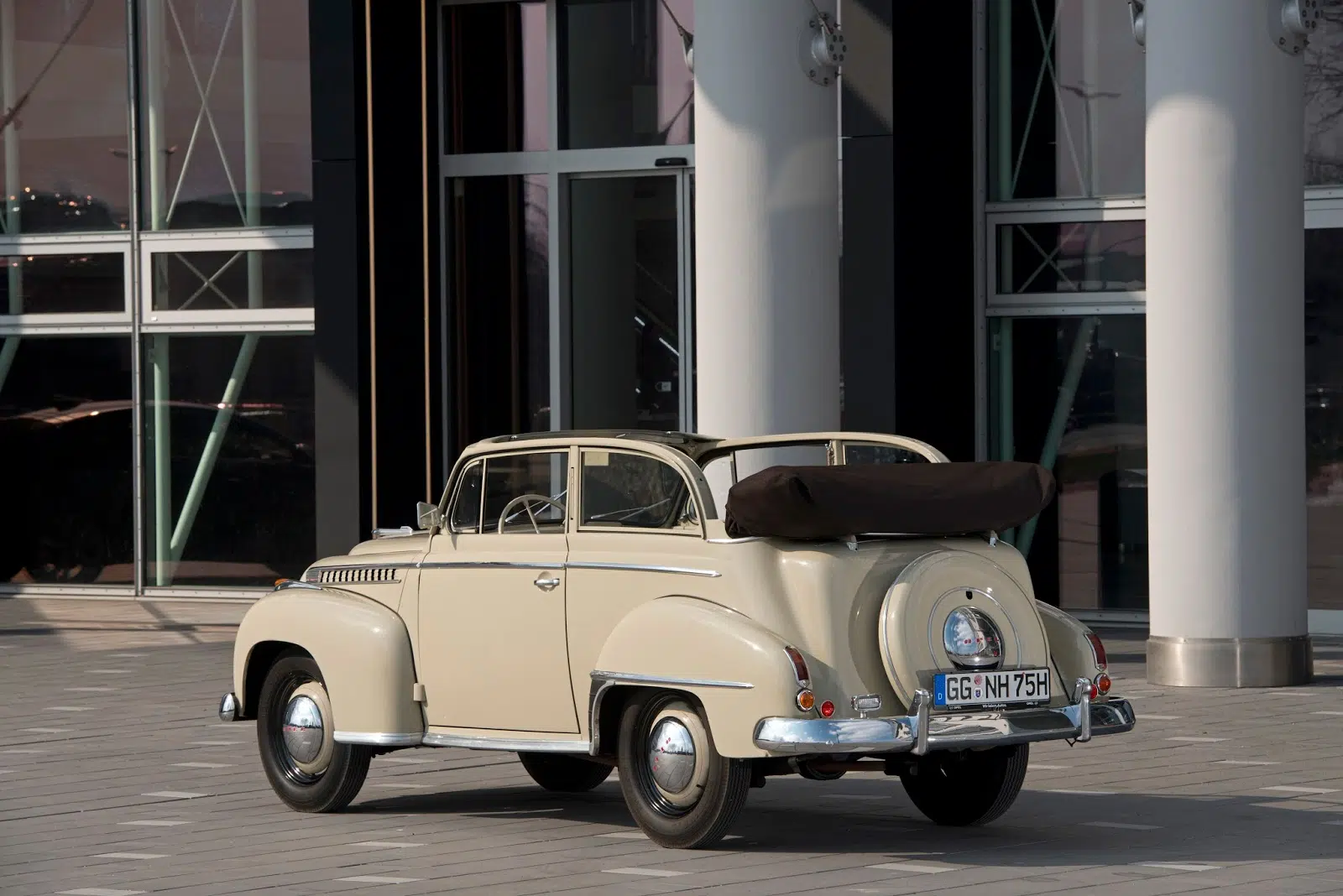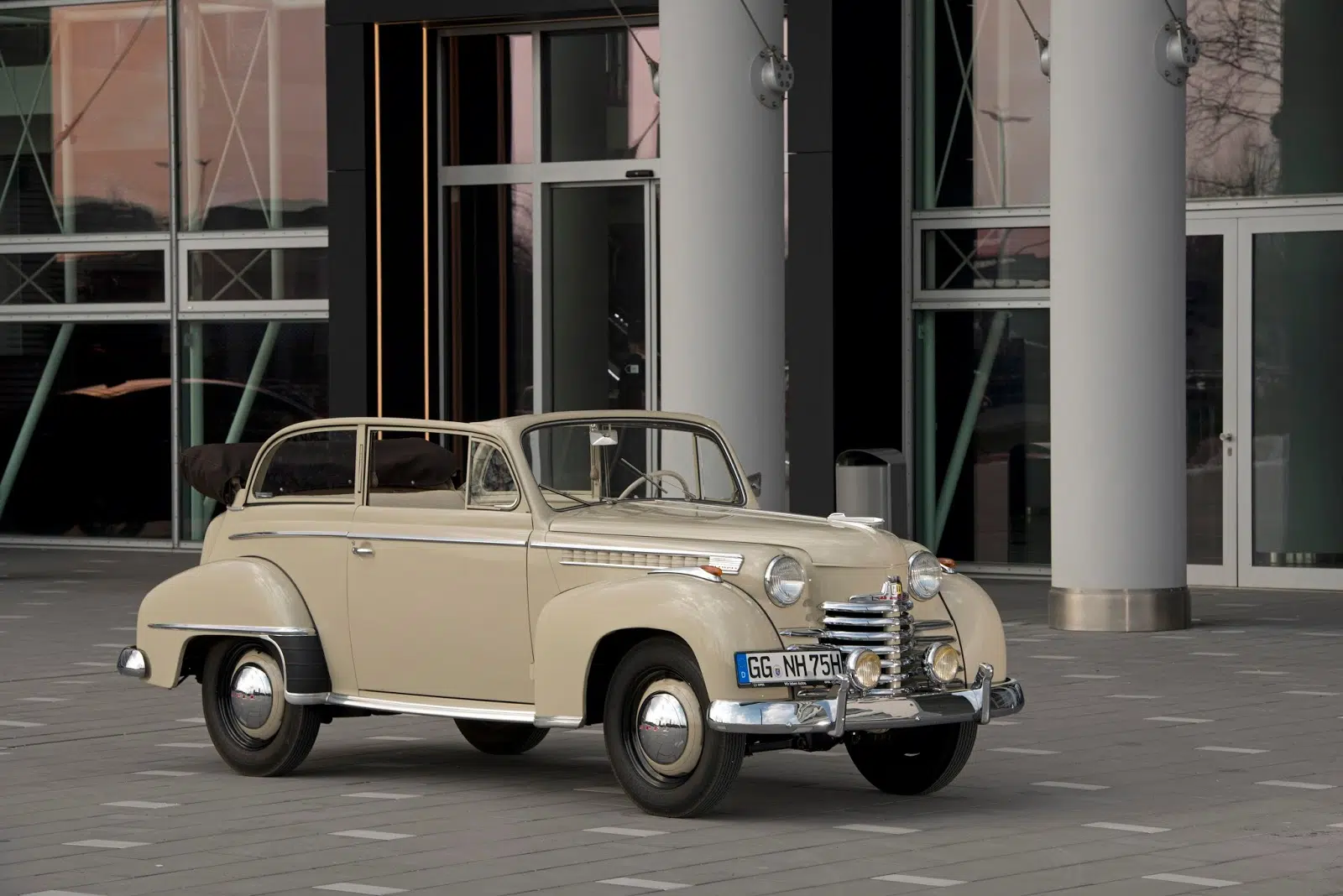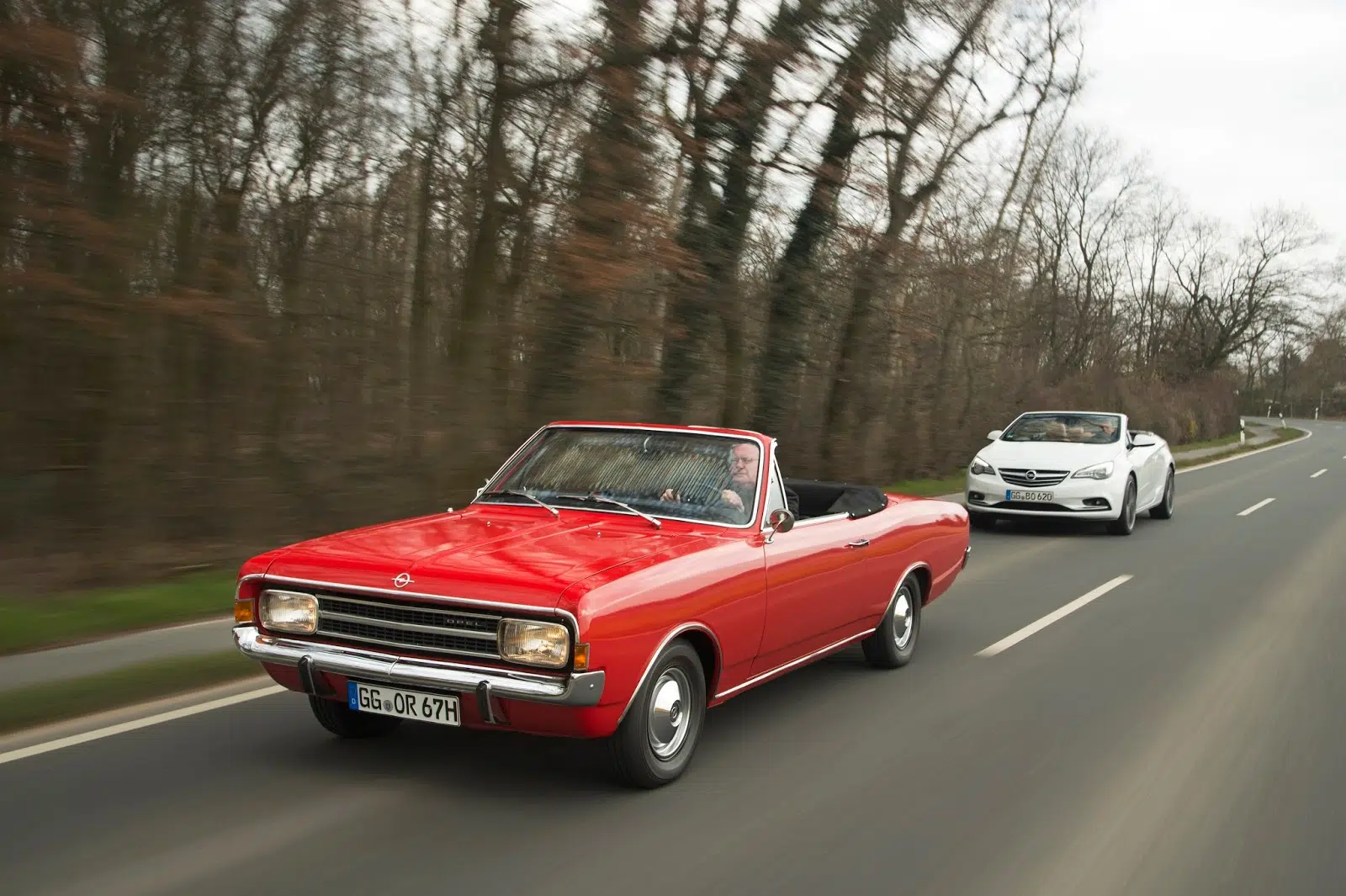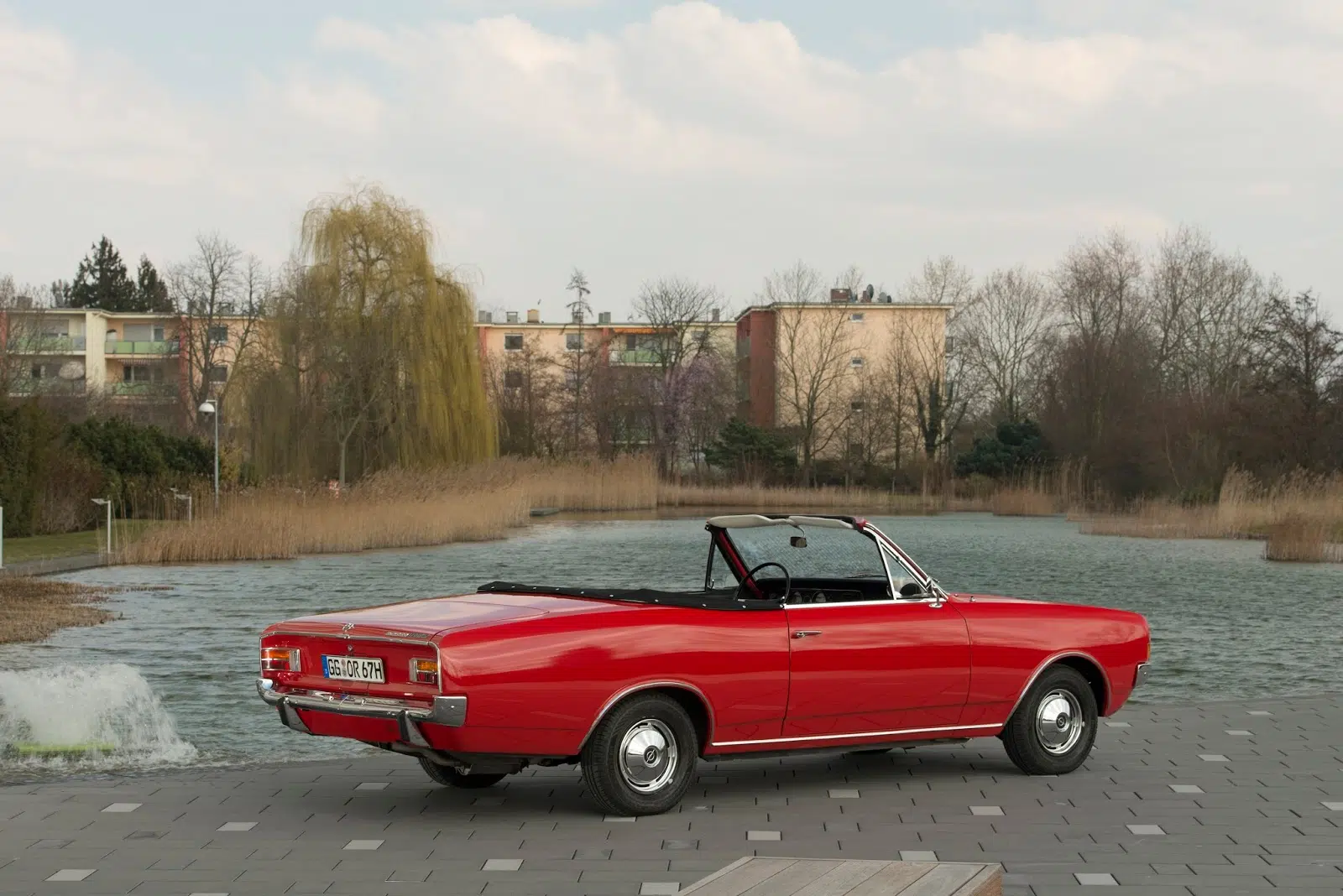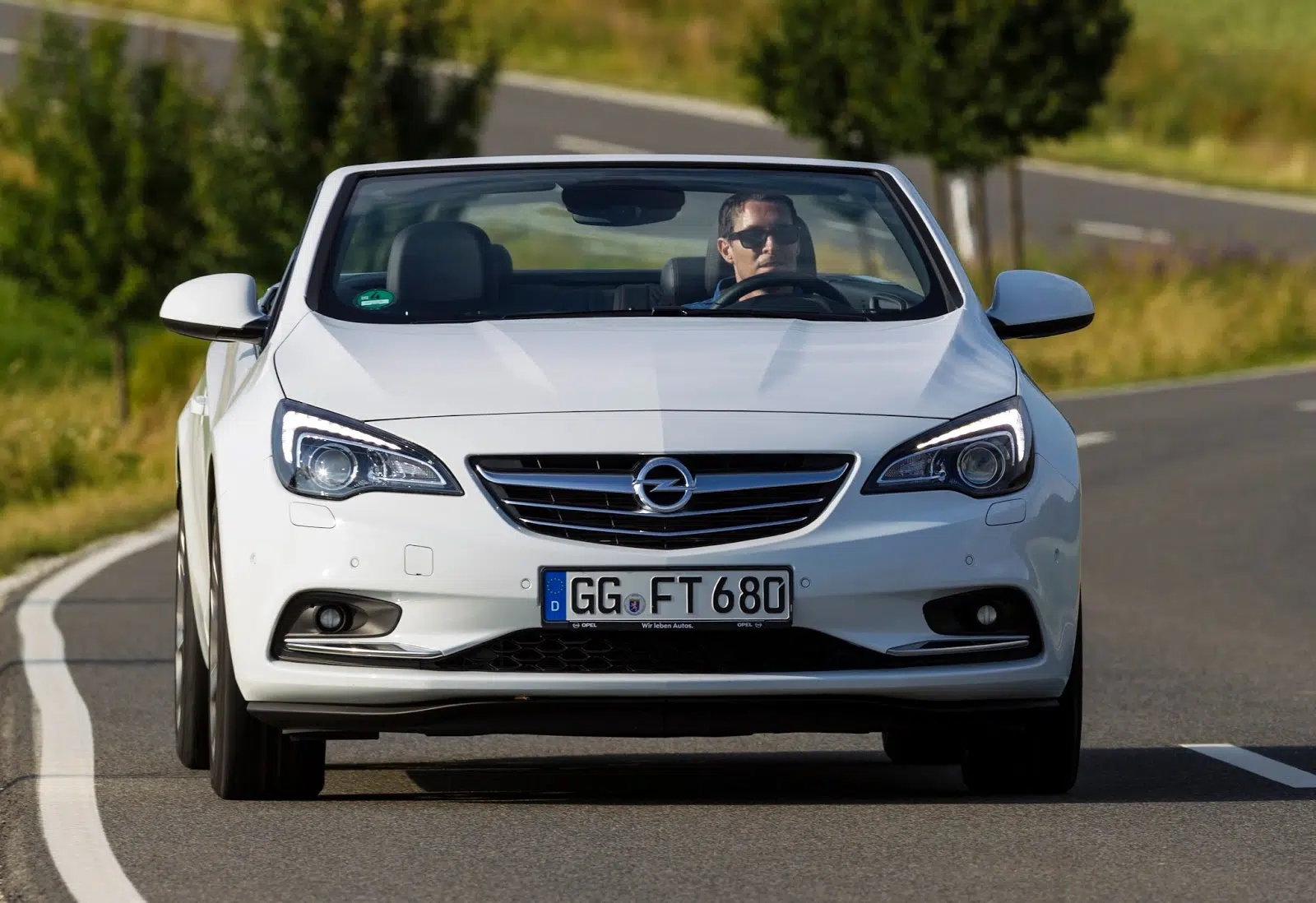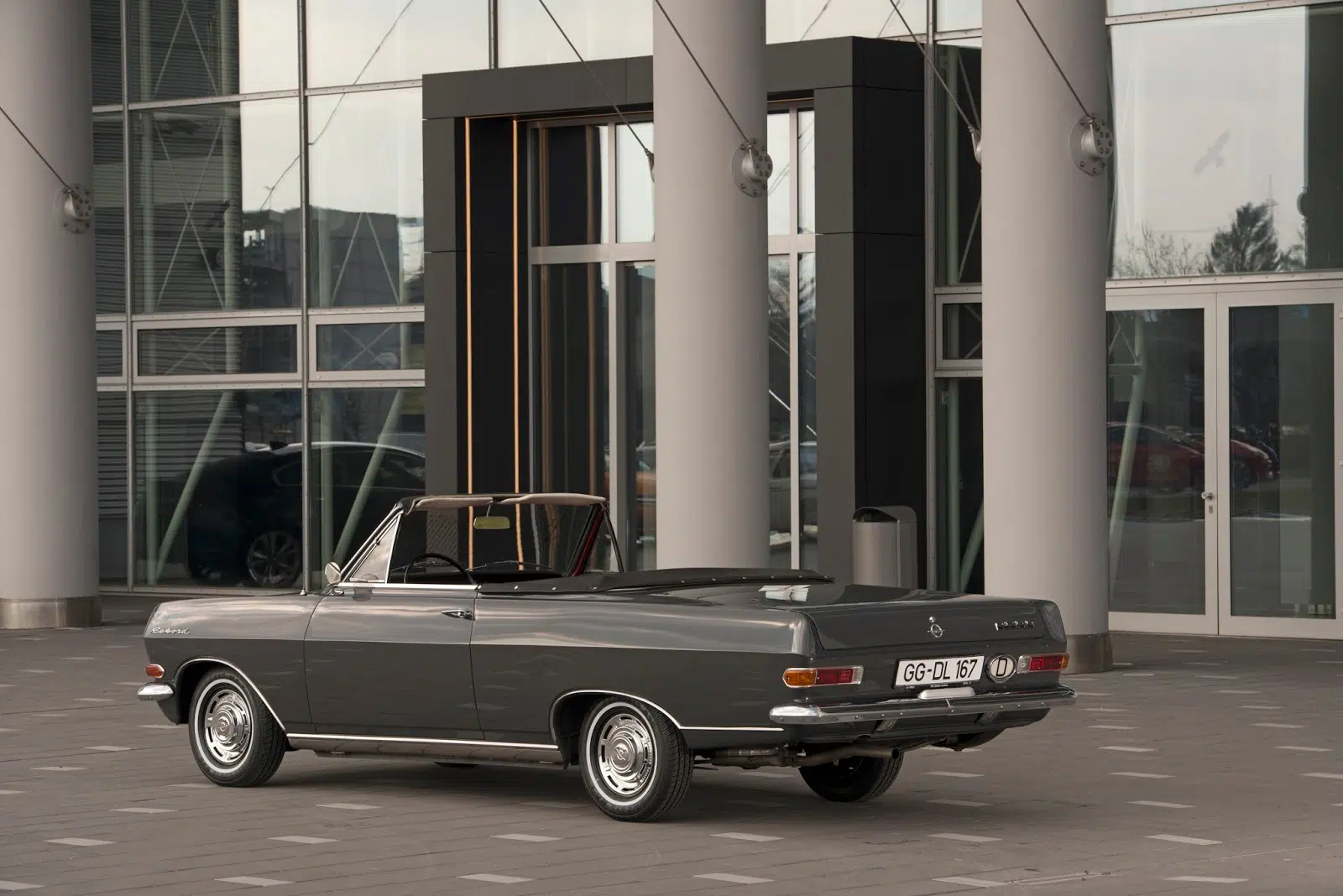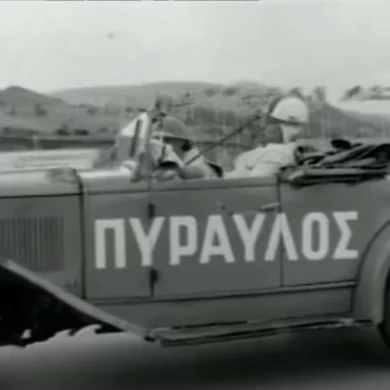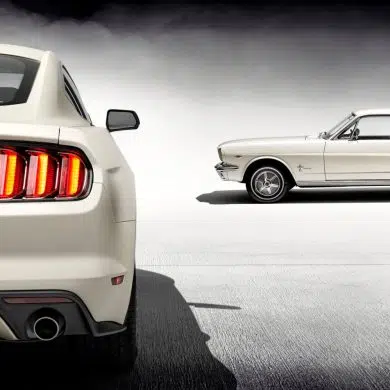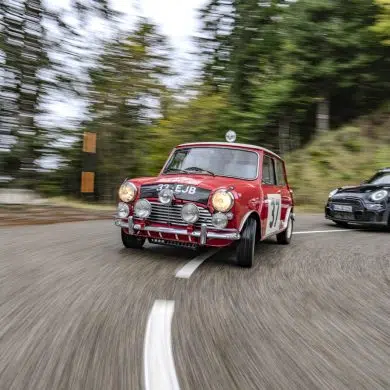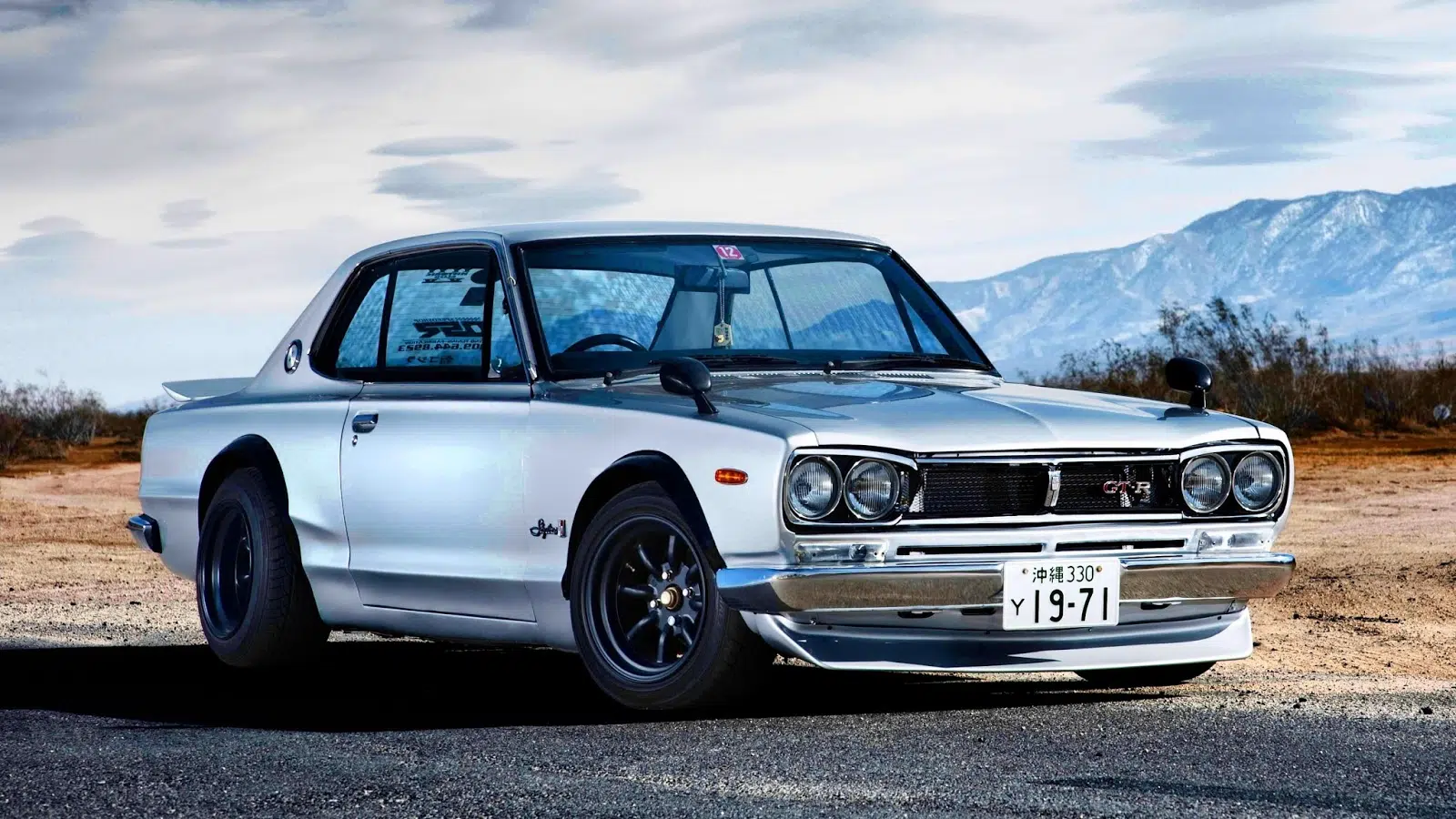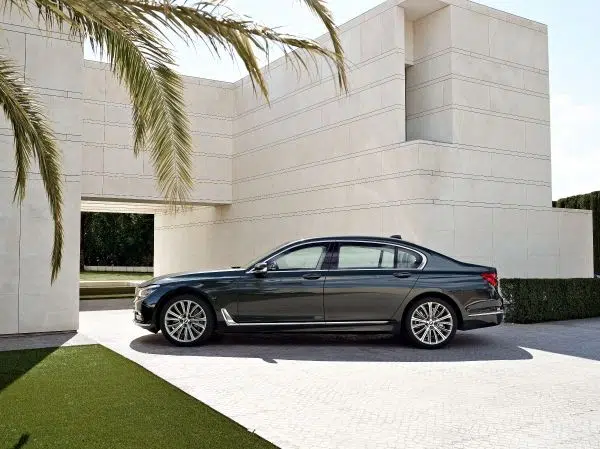From 8/25 hp to Cascada: The evolution of the cabrio in the company's 100-year history
The first Opel in 1899 - the Patent Motor Car "System Lutzmann" - was a convertible. While the open body was standard in the early years of motoring, it later became a symbol of luxury and an aristocratic lifestyle. At this year's 22nd ADAC Opel Classic Hessen-Thüringen rallye, five classic Opel cabriolets and a modern convertible illustrate the evolution of open-top driving. Opel's Vice President Sales & Aftersales, Peter Christian Küspert, participates in a beautiful Super 6 Gläser Cabriolet. The classic car rally takes place on 26 - 28 May in a romantic setting in the Werratal region that straddles the former East-West German border. Owners of classic and historic cars and motorcycles have been exploring the most beautiful regions of Hesse and Thuringia since 1995. The operational centre of the rally covering a 350 km route is the Hessen-Hotelpark Hohenroda.
Five legendary Opel open-top models are participating in this year's action. The Opel 8/25 PS (1920) was a sporty tourer with four seats, the Super 6 Gläser Cabriolet (1937) a premium, elegant, sporty two-seater. The 1950 Opel Olympia as a cabriolet sedan was a popular body version, while the 1964 Rekord A and 1967 Rekord C were a challenge for the specialists of the genre: Bodybuilder Deutsch converted the mass-produced sedans into stylish convertibles. The Opel Cascada that accompanied the classics during the historic car rally through the Rhône Mountains and the Thuringian Forest embodies the modern version of the large, luxurious convertible with a fabric roof and space for four people.
In the beginning was ... the cabrio
Opel's tradition of open-top cars dates back to the beginning of the brand's history: Like all models built at the beginning of the automotive era, the 1899 Opel PatentMotor Car, System Lutzmann was based on traditional carriage design principles, featuring a body without an integrated roof.
When the Opel 8/25 hp with its distinctive 'V' front grille was launched 20 years later as an open-top, four-seater tourer, it was the epitome of the modern car. It had a fabric roof but no side windows. Drivers of the post-World War I era wore appropriate waterproof clothing. The Opel 8/25 hp four-cylinder engine produced 25 hp at 1600 rpm from 2000 cc, enough for a top speed of 65 km/h. The model's name indicated its tax class and power: according to the federal law introduced in 1906 that first regulated car taxation, one horsepower per 500 cc of engine.
In 1937, on the company's 75th anniversary, the new Opel Super 6 was introduced, featuring an advanced, sub-quad straight-six 2.5L, valve-overhead-valve, 55 hp engine with a top speed of 115 km/h. A two-door and a four-door sedan as well as a convertible version were offered from the factory. Special customer requests were fulfilled by bodybuilders such as Hebmüller, Autenrieth, Buhne, Deutsch and Gläser from Dresden, who designed a 2+2 seater, roadster-style convertible based on the Super 6 - driving a convertible was now a luxury rather than the norm. Anyone who wants to ride in the Gläser cabriolet driven by Opel Vice President of Sales Peter Christian Küspert will have to have acrobatic skills, as passengers climb into the back seat from a small step on the side of the car.
From the factory and to order
The 1950 Opel Olympia promised a more comfortable driving experience. Richly decorated with chrome elements, it was a symbol of post-war reconstruction and economic miracle. But as a convertible-sedan it still had a pre-war appearance.
Unlike a normal convertible, this open model had fixed window frames attached to the windscreen frame, creating the A, B and C pillars. In 1956, the last car with such a design, an Olympia Rekord model left the Rüsselsheim production line.
It took a few years and it wasn't until 1976 that Opel reappeared with a factory convertible model. In the intervening 20 years, some car body builders - such as Karl Deutsch from Cologne - once again made the Opel cabrio dream a reality. On request, Deutsch converted the 1963 Rekord A into a cabrio, as he did for the 1966 Rekord C. Deutsch's exclusive creations remain attractive, special and rare, as only about 30 open-top Rekord A and B models were built.
Around 50 Rekord C and Commodore A - the Rekord's sporty sibling - cabriolets were built before the model change in 1972. The red Rekord C Deutsch cabriolet in the Opel Classic Collection is driven by former racing driver, Opel DTM driver and brand ambassador Joachim Winkelhock.
Today, the four-seater Cascada continues Opel's nearly 120-year legacy of open-top driving. With the new Cascada, Opel offers a spacious four-seater with a high-quality soft-top, something that until recently was exclusive to premium brands. This features superior acoustic and thermal insulation for top driving comfort in all weather conditions.
The Opel Cascada is highly enjoyable with the roof open for an incredible sense of freedom, but also a quiet Gran Turismo with the roof closed. A convertible model for all seasons, thanks to its advanced soft-top that opens in 17 seconds even when on the move at speeds of up to 50 km/h.
"The footprint of Opel's open-top car history in our country is very important. Coming to today we can say with confidence that our Cascada is a real gem! A midsize convertible with personality, efficient Opel turbo engines and a very high quality construction. In Greece, due to the successive changes in legislation, taxation, economy that we all know, the category, in general, as well as our model has not received much attention and preference. Nevertheless, it is a car that fits perfectly in Greece, because of the open roof, which is the reason why the Cascada has made a 'career' in the rental companies. Both for tourists who taste our summer climate with all their senses, and for Greeks who seek an extra sparkle at special moments in their lives, such as weddings!" said GM Hellas Sales Director Leonidas Misalakis.


